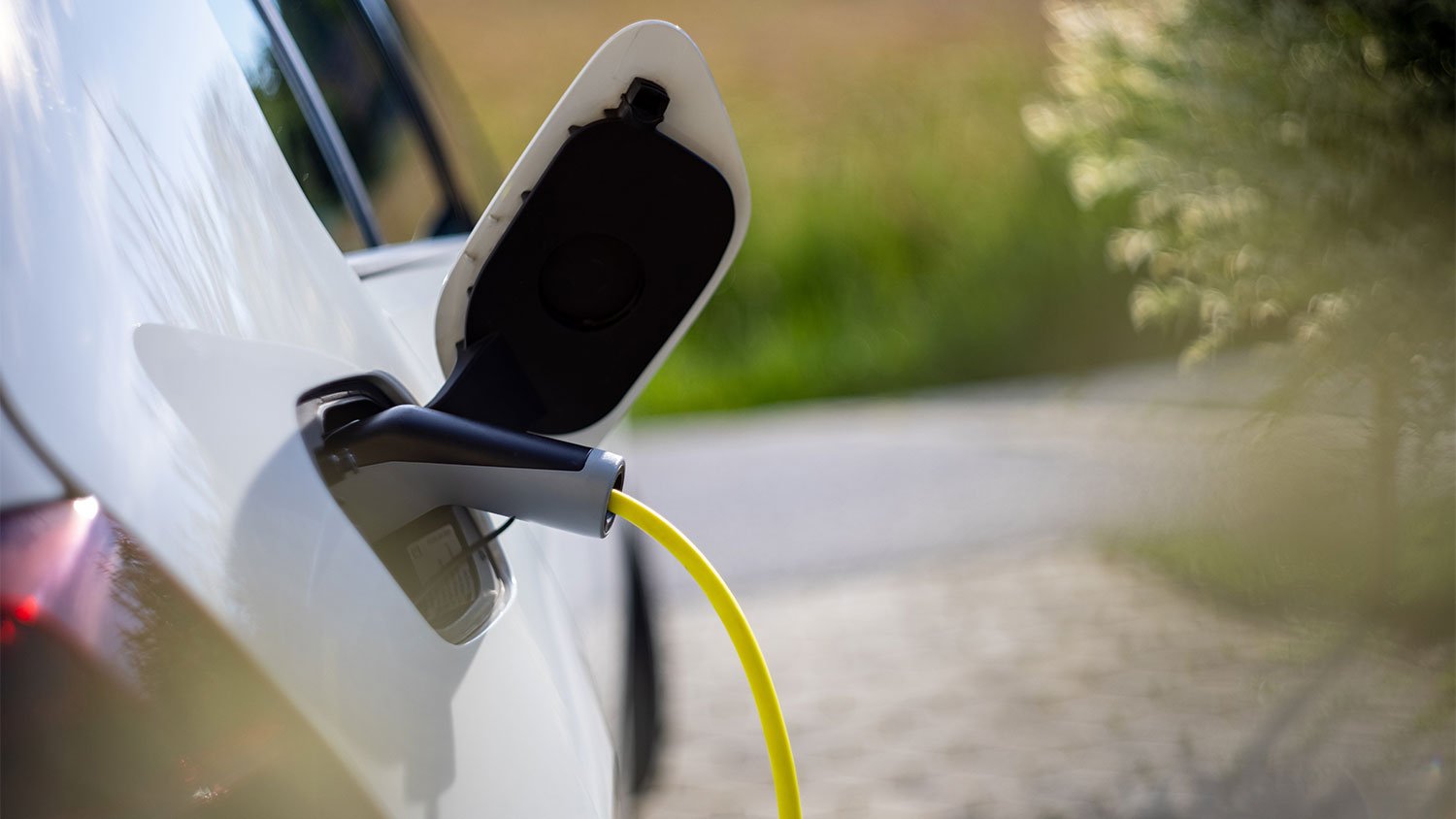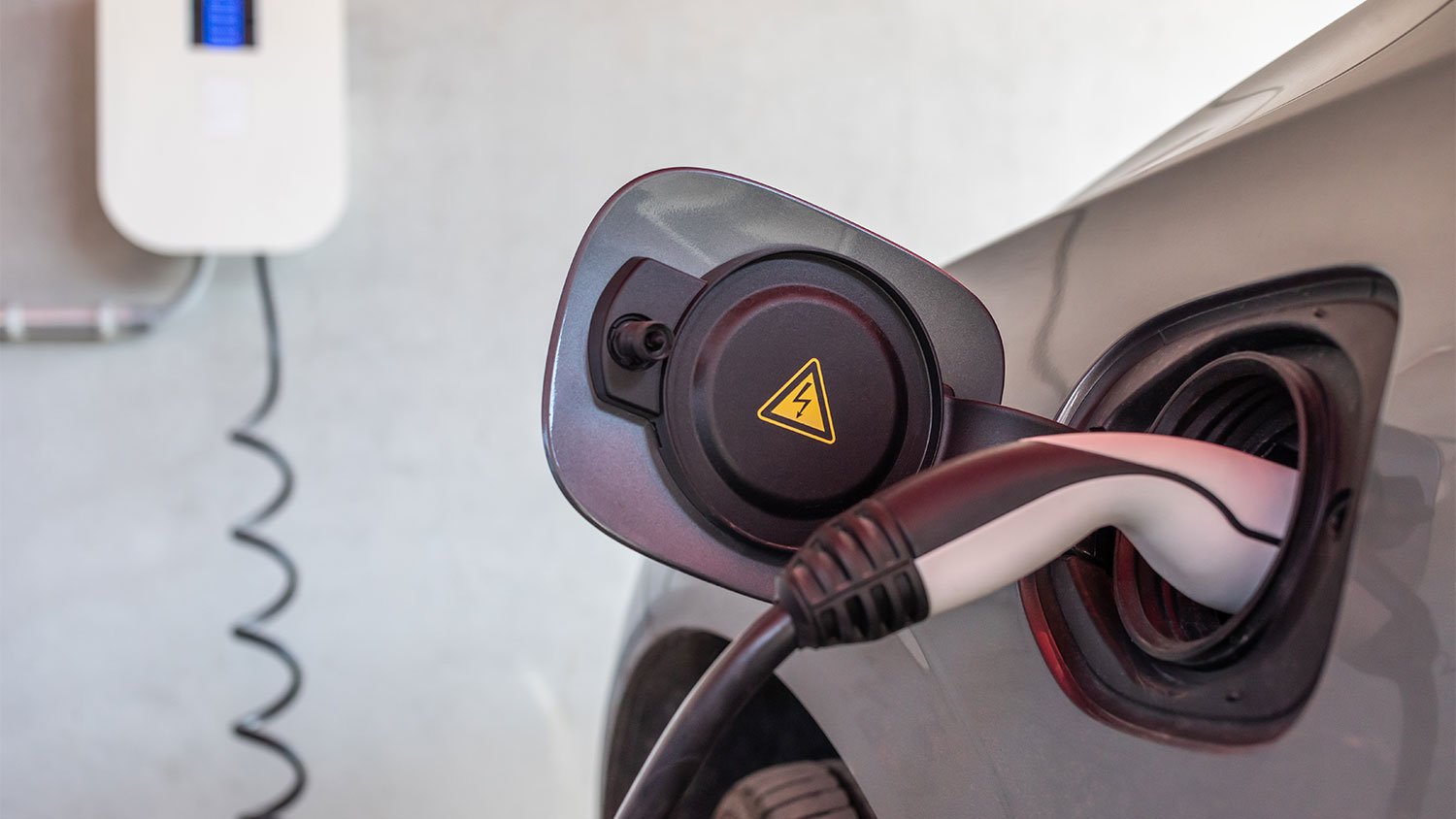
If your outside electrical meter box has sustained wear and tear, it might be time for a replacement. How much it costs to replace an electrical meter box depends on labor, model, and box type.
When it comes to choosing an electric vehicle charging station, you have the power


When comparing Level 1 versus Level 2 charging stations, you're really comparing speed and price.
Level 2 charging station time is often less than half when compared to Level 1 charging.
Level 1 charging stations don't require any modifications to your home.
You'll need to pay up to $1,000 to install a Level 2 charging station.
If you’re thinking of becoming the proud owner of an electric vehicle (EV), then you’ve probably done a lot of research about which model is right for you. The next thing on your mind should then be choosing the right charging level.
Namely, you’ll have to decide if you want to go for a Level 1 or Level 2 charging station. Unsure of the differences? Take a look at the pros and cons of both so you can get charged up about your new car.

A Level 1 charging unit is the cable provided with your new electric car. You’ll use it by plugging it into your garage's normal electrical outlet.
The biggest benefit of staying at Level 1 is that there's no setup cost. Level 1 EV charging requires nothing more than a commercial-grade electrical outlet to get going.
If the charger is provided with your car purchase, you essentially have no additional costs to worry about, including the benefit of not having to pay for any type of special installation. You don’t need any prior knowledge about how electrical components work to charge your car at Level 1.
The portability factor of Level 1 charging stations is also useful if you park your car at different homes from time to time. You’ll just need to bring the cable with you, and you can plug your car in anywhere there is an outlet.
Finally, Level 1 charging stations provide weatherproof and safety-switch features to protect you from shocks in the event of a current leak.
The big downside to sticking with a Level 1 charging station is slow charging time—it takes nearly 32 hours for a 60kW EV battery with a 1.9 kW charge to reach a full charge. Compare that to the 5.5 hours for a 60kW EV battery with an 11 kW charge that you get with a Level 2 charging station, and the downside is clear.

Should you consider the upgrade to a Level 2 charging station? Plenty of drivers have done so with zero regrets. However, this option doesn't come for free—literally.
The big benefit of upgrading to a Level 2 charging station is speedy charging. An electric vehicle plugged into a Level 2 station will reach full charge in just 5.5 hours instead of the nearly 36 hours needed using a standard EV plug.
Like the Level 1 station, the Level 2 station comes with a safety switch and weatherproof features.
The only real con to a Level 2 charging station is that you'll need to pay to have it installed by a local electrician. Most people pay between $500 and $1,000 to install Level 2 chargers at their homes.
Another potential downside is that your charger becomes "part of your house" after installation. That means you cannot dismount it to bring it along for portable charging. Of course, you can always take the Level 1 cord with you if you’re traveling and don’t know if there will be a charging station all the way.
Still not sure which option is better for getting your EV's juices revving? Let's compare some of the factors that might help you finalize your choice.
You're essentially making a cost comparison of free versus $500 to $1,000 when comparing Level 1 and Level 2 charging stations. While the cost for a Level 2 charging station is higher, it's important to factor in the time savings and convenience of being able to rapidly charge your car.
More affordable: Level 1 charging station
The only real maintenance required for Level 1 charging stations is the United States Department of Energy's recommendation to regularly change the commercial-grade electric outlet you’re using for a price of between $50 and $100.
Level 2 charging stations should be routinely cleaned with a moist towel. In addition, all components should be checked for wear and tear regularly. You'll also need to have a Level 2 charging station inspected and repaired if it stops working properly.
Easiest to maintain: Level 1 charging station
If you’re looking to get back on the road quickly, then you’ll want to opt for a Level 2 charging station. Level 2 stations will take five and a half hours to reach a full charge, while Level 1 charging will take nearly 36 hours.
Charges quickest: Level 2
From average costs to expert advice, get all the answers you need to get your job done.

If your outside electrical meter box has sustained wear and tear, it might be time for a replacement. How much it costs to replace an electrical meter box depends on labor, model, and box type.

Electrical subpanels allow you to use appliances and electronics safely. This cost guide explains the important factors to consider when installing a subpanel.

Ring a bell? From replacing a wired doorbell to setting up a smart home system, learn about typical doorbell installation costs, including materials and labor.

Your home might have a variety of electrical outlets, depending on how old the structure is and what type of appliances you use. Learn the different types of outlets, how they work, and how you use them.

A dead outlet is more than an annoyance. It can be a fire hazard, too. Here’s how to deal with a dead outlet to keep your home safe and prevent fire.

There are a few signs to look out for if you think you might be experiencing an issue with your electric system. Here are some common warning signs for electrical problems, plus what issues you can tackle yourself and when you should call a pro.